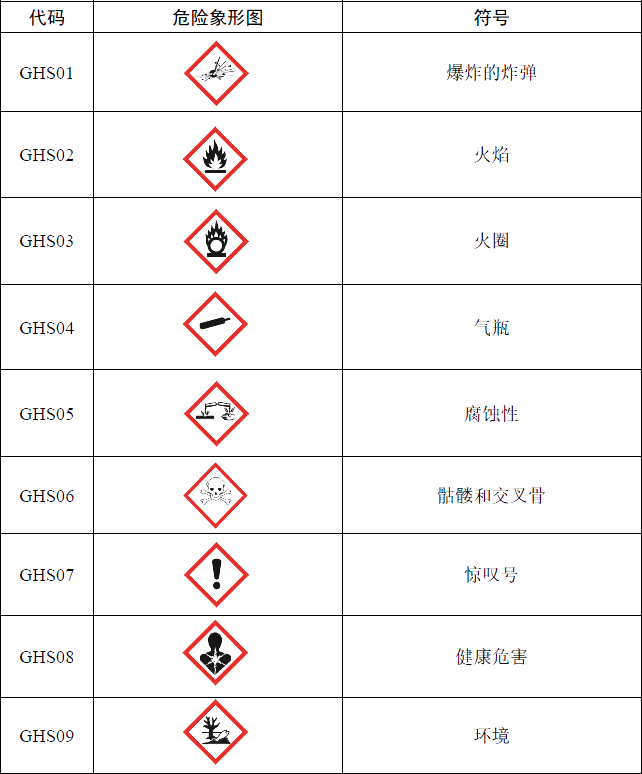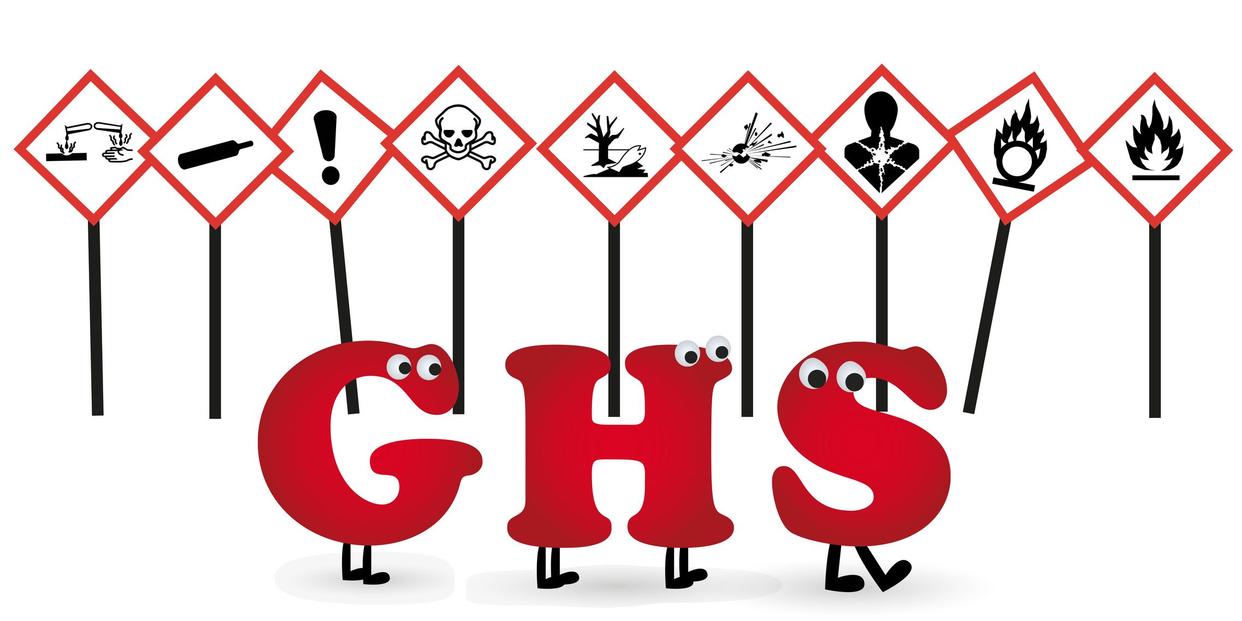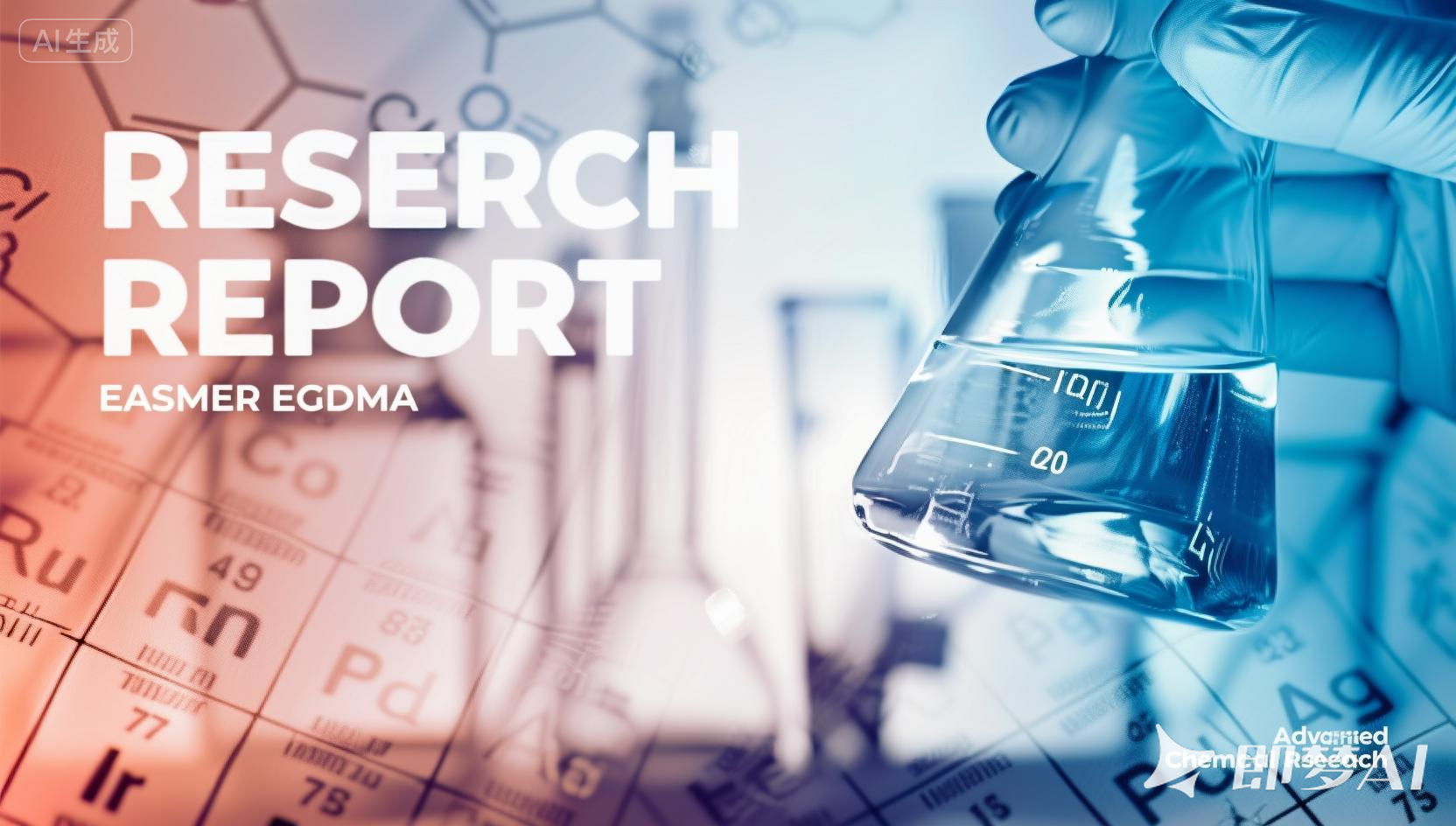The 'Common Language' for Chemical Safety: Getting to Know GHS
Release time:
2025-08-20
When you see a bottle of cleaning product, a drum of industrial solvent, or a laboratory chemical, you’ll often notice a label with bold symbols and clear warnings. These labels are not random—they follow an international standard called the Global Harmonized System for Classification and Labelling of Chemicals (GHS).
GHS was developed by the United Nations to create a unified system that makes chemical hazards easier to understand, no matter where you are in the world. Let’s explore what it is, why it matters, and how to read it.
What is GHS?
The Global Harmonized System (GHS) is a worldwide framework for classifying chemicals and communicating their hazards. Before GHS, every country had its own rules—one chemical could be labeled “toxic” in one country but have a different symbol or description somewhere else.
This created confusion, extra costs for businesses, and safety risks for workers and consumers. To solve this, the UN introduced GHS in 2003, aiming for:
Consistency – one set of rules everywhere.
Clarity – clear hazard information for users.
Safety – better protection of people and the environment.
Key Elements of GHS
GHS is built around three main parts: classification, labels, and safety data sheets (SDS).
1. Classification
Chemicals are first evaluated for their hazards. These include:
Physical hazards (flammable, explosive, corrosive to metals).
Health hazards (toxic, carcinogenic, skin irritant).
Environmental hazards (harmful to aquatic life).
2. Labels
Every chemical container under GHS must carry a label with:
Signal word: either Danger (severe hazards) or Warning (less severe).
Pictograms: red diamond-shaped symbols that show the type of hazard.
Hazard statements: short descriptions like “Causes skin irritation”.
Precautionary statements: advice such as “Wear protective gloves”.

3. Safety Data Sheets (SDS)
In addition to labels, GHS requires a 16-section Safety Data Sheet with detailed information. This includes:
Identification of the chemical.
Hazards and safe handling instructions.
First aid measures.
Disposal and transport guidelines.
SDS sheets are like the “user manual” for chemicals—essential for workplaces and emergency responders.
GHS Pictograms
One of the most visible parts of GHS is its set of nine hazard pictograms. These are standardized red-and-white diamond symbols that anyone can quickly recognize.
Here are the main ones:

Why Does GHS Matter?
GHS is not just paperwork—it has real-world benefits:
For Workers: clear labels reduce accidents and exposure risks.
For Businesses: a single system means fewer costs when trading internationally.
For Consumers: easy-to-read hazard symbols help with safe household use.
For the Environment: better classification ensures proper disposal and handling.
For example, a worker in China, Germany, or the U.S. will all recognize the same pictogram for a flammable solvent, reducing misunderstandings.
Where is GHS Used?
Today, GHS has been adopted (with slight variations) by most major countries, including the United States (OSHA HazCom 2012), European Union (CLP Regulation), China, Japan, and many others. While not identical everywhere, the core pictograms and labeling rules remain the same.
Final Thoughts
Chemicals are everywhere in modern life—from factories to schools to homes. The Global Harmonized System (GHS) provides a common language of safety, helping protect people and the planet.
Next time you see a red diamond on a product label, you’ll know it’s not just a symbol—it’s part of a global effort to keep us safe.
GHS
Latest News
Get a Free Consultancy
NANTONG EASTO MATERIALS TECHNOLOGY CO.,LTD.

No.118,Zhujiang Rd.,Juegang St.,Rudong County,
Nantong City,Jiangsu Province,226400,China




 2025-08-20
2025-08-20







